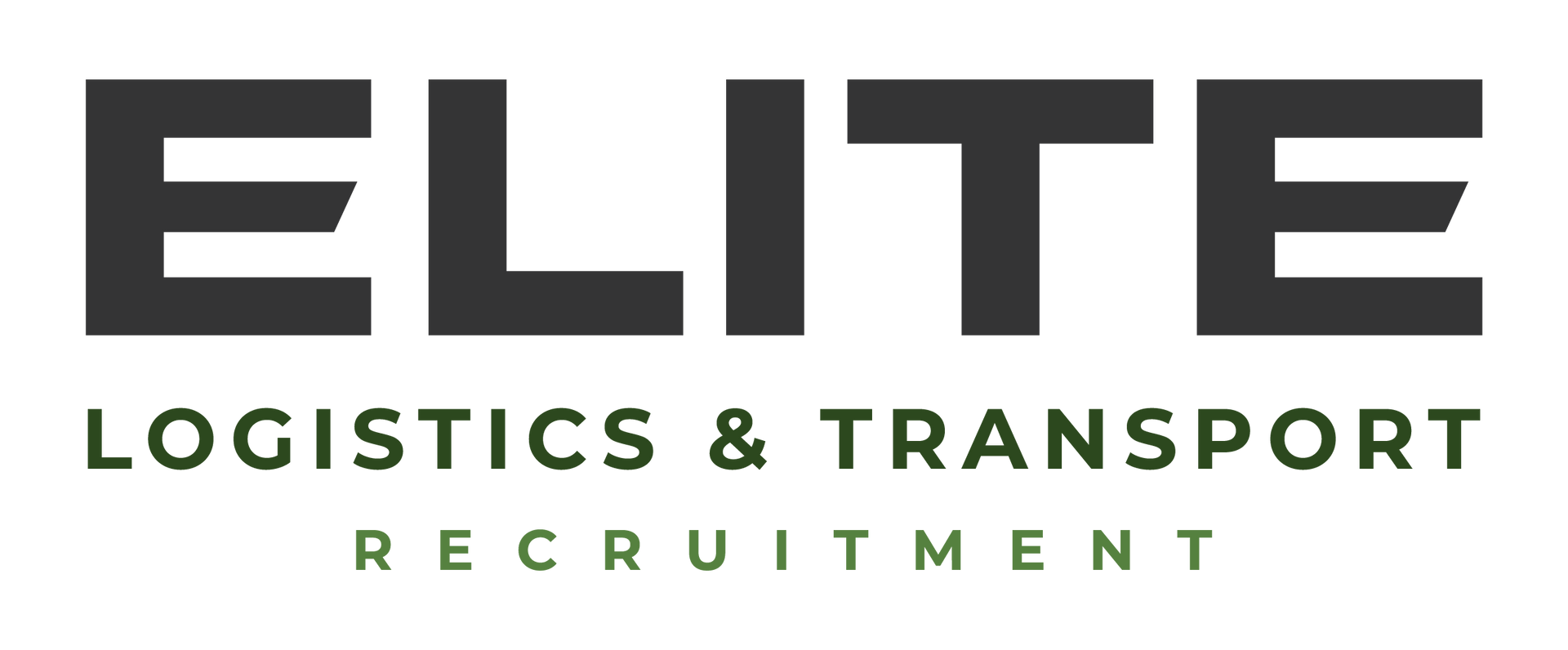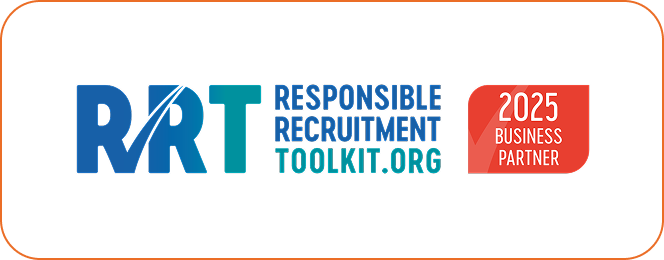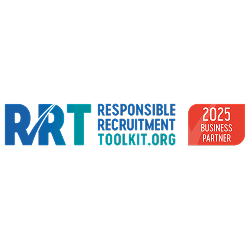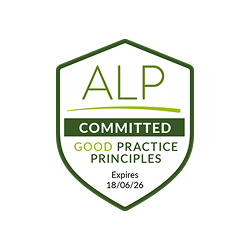The Real Cost of Non-Compliance in Logistics Recruitment
The Real Cost of Non-Compliance in Logistics Recruitment
In the logistics and transport sector, compliance isn’t optional — it’s essential.
Every operator knows the risks that come with missed checks, incorrect documentation, or non-compliant workers. But when demand is high and time is short, compliance can sometimes slip down the priority list. And that’s when costly mistakes happen.
At Elite, we believe compliance isn’t a tick-box exercise, it’s the foundation of safe, sustainable, and successful operations.
What Non-Compliance Really Costs
The true cost of non-compliance goes far beyond fines or paperwork errors.
When standards are overlooked, the impact can be felt across your entire operation:
Financial penalties – Breaches of WTD or driver hours regulations can lead to significant fines and enforcement action.
Operational downtime – Suspensions, reassignments, and investigations slow down productivity.
Reputational damage – Clients, suppliers, and regulators remember businesses that fail to meet legal obligations.
Loss of trust – Non-compliance undermines confidence between recruitment partners, drivers, and customers.
Compliance isn’t just about avoiding risk — it’s about protecting your people, your brand, and your business.
How Elite Protects Clients from Risk
With over a decade of experience in logistics recruitment, we know how critical compliance is, and we’ve built it into every step of our process.
Here’s how we keep our clients protected:
✅ Thorough Vetting Process – Every driver is fully checked, referenced, and verified before assignment.
✅ Accreditation's That Matter – Elite is accredited by the REC, ALP, BIOR, and RRT, demonstrating our commitment to ethical and professional recruitment.
✅ 24/7 Compliance Support – Our consultants are available day and night to ensure documentation, shifts, and driver hours remain accurate and compliant.
✅ Ongoing Monitoring – We don’t just check once and forget. We regularly audit and update records to maintain full transparency.
Compliance as a Competitive Advantage
The transport and logistics industry is built on trust and reliability, and compliance is at the heart of both.
When clients partner with a recruitment agency that takes compliance seriously, they gain:
- Peace of mind knowing every worker meets legal and safety standards.
- Reduced risk of fines, investigations, or reputational damage.
- Stronger long-term relationships built on accountability and trust.
At Elite, we don’t cut corners to deliver speed — we combine efficiency with integrity, ensuring your workforce is compliant, capable, and ready to perform.
Choose a Partner that puts Compliance first
The cost of getting compliance wrong can be significant — but with Elite, you don’t have to take that risk.
We provide
fully accredited recruitment solutions across transport, freight, and logistics, giving our clients the assurance that every worker is vetted, qualified, and ready to deliver.
Because in logistics, compliance doesn’t slow you down — it keeps you moving safely.
📞 Talk to our team today about how we can help strengthen compliance and reduce risk in your operation.
📧
jobs@elite-employ.com |
☎️ 0151 420 1219



